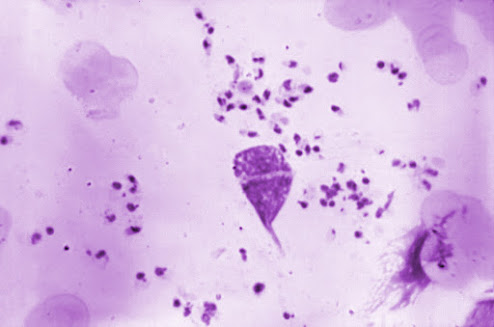.jpg) |
| Photo Credit: Yiğit KARAALİOĞLU |
A group of international collaborators led by the Research Institute for Humanity and Nature (RIHN) team performed the first quantitative study of air pollution in the northwestern region of India using 29 low-cost and reliable instruments. Their study demonstrated the benefits of source region observations to link crop residue burning (CRB) and air pollution at local to regional scales.
Exposure to particulate matter less than 2.5 µm in diameter (popularly known as PM2.5) poses health hazards in cities worldwide. Although the major sources of PM2.5 are industrial, certain agricultural practices also contribute to the emission and formation of fine particles during certain seasons. CRB, a common practice in Punjab, Haryana and part of Indo-Gangetic Plain, occurs immediately after the paddy harvest in the post-monsoon period (September-November). CRB activities have increased in the past two decades partly due to rise in mechanized agriculture in the 1990s and delayed rice planting in Punjab and Haryana following the Preservation of Subsoil Water Act (2009).
Since 2010, the effects of CRB in Punjab and Haryana on the Delhi and its surrounding area (known as the national capital region - NCR) have been in the spotlight. Yet, no measurements of PM2.5 in the source regions have been conducted. To rectify this, a group of researchers conducted an intensive field campaign involving the states of Punjab, Haryana and the NCR from September 1 to November 30, 2022, using 29 Compact and Useful PM2.5 Instruments with Gas sensors (CUPI-Gs).


.jpg)
.jpg)
.jpg)









.jpg)

